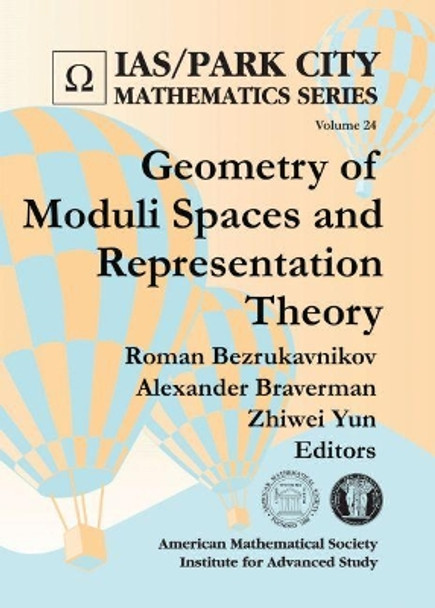Description
Geometric representation theory is a young but fast developing research area at the intersection of these subjects. An early profound achievement was the famous conjecture by Kazhdan-Lusztig about characters of highest weight modules over a complex semi-simple Lie algebra, and its subsequent proof by Beilinson-Bernstein and Brylinski-Kashiwara. Two remarkable features of this proof have inspired much of subsequent development: intricate algebraic data turned out to be encoded in topological invariants of singular geometric spaces, while proving this fact required deep general theorems from algebraic geometry.
Another focus of the program was enumerative algebraic geometry. Recent progress showed the role of Lie theoretic structures in problems such as calculation of quantum cohomology, K-theory, etc. Although the motivation and technical background of these constructions is quite different from that of geometric Langlands duality, both theories deal with topological invariants of moduli spaces of maps from a target of complex dimension one. Thus they are at least heuristically related, while several recent works indicate possible strong technical connections.
The main goal of this collection of notes is to provide young researchers and experts alike with an introduction to these areas of active research and promote interaction between the two related directions.
About the Author
Roman Bezrukavnikov, Massachusetts Institute of Technology, Cambridge, MA.
Alexander Braverman, University of Toronto, ON, Canada, Perimeter Institute for Theoretical Physics, Waterloo, ON, Canada, and Skolkovo Institute for Science and Technology, Moscow, Russia.
Zhiwei Yun, Yale University, New Haven, CT.
Book Information
ISBN 9781470435745
Author Roman Bezrukavnikov
Format Hardback
Page Count 436
Imprint American Mathematical Society
Publisher American Mathematical Society
Weight(grams) 915g




